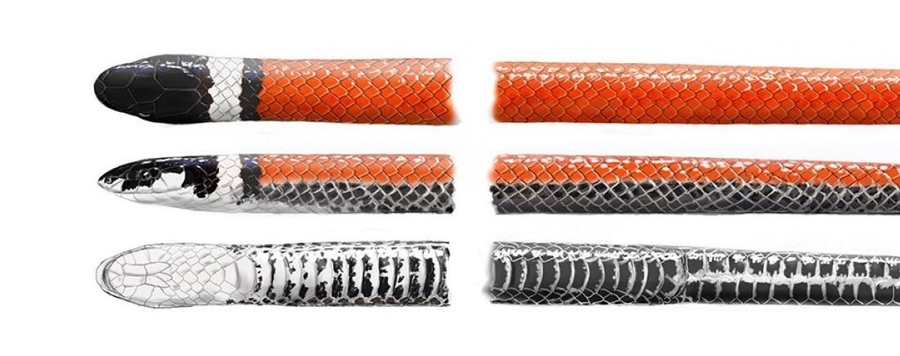
Unveiling an enigma from the Cerrado: taxonomic revision of two sympatric species of Apostolepis Cope, 1862 (Dipsadidae: Xenodontinae: Elapomorphini) from central Brazil
Apostolepis albicollaris and A. cerradoensis are two Elapomorphini snake species, described within a short timespan, from the Cerrado of central Brazil. In their brief descriptions, these two species were diagnosed from congeners largely based on highly variable external morphological characters. Interestingly enough, A. cerradoensis has remained known based on a single specimen since its description. Here, we present a reanalysis of both type specimens, as well as a careful examination of a large series of specimens formerly assigned to these species, based on the comparison of internal and external morphology. We conclude that both species are synonymous, providing evidence for the recognition of A. cerradoensis as a junior synonym of A. albicollaris. Furthermore, an account of its updated diagnosis, morphological variation, geographic distribution, hemipenial morphology, phylogenetic relationships and an osteological description are also provided. We also discuss its conservation status, suggesting that the species is under threat and qualifies to be listed as Vulnerable (VU ab(iii)), considering its rarity, small geographic range, and persistent environmental threats.






